Using an Ultra-Fast 140mm f/1 Lens on an Ultra-Large-Format Camera
Years ago, photographer Markus Hofstaetter purchased a 140mm f/1.0 lens designed for projectors. He recently found the right opportunity to pair this unusual lens with an ultra-large format camera.
Along with his friend and former workshop participant, Alois Stingl, Hofstaetter managed to clean the lens and attach it to a 40×50-centimeter large-format plate camera with a 3D-printed flange. The setup is relatively simple, especially considering some of Hofstaetter’s previous projects, like his complex setup for extreme macro shots of eyes, a DIY wet plate camera, and restoring a massive flatbed scanner.
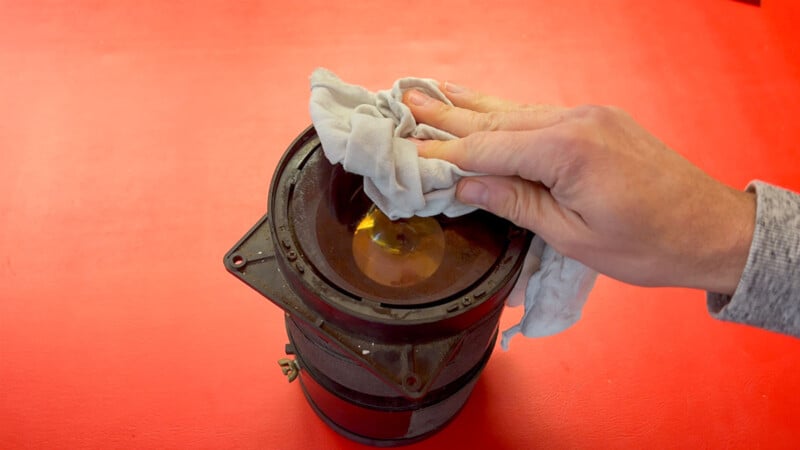
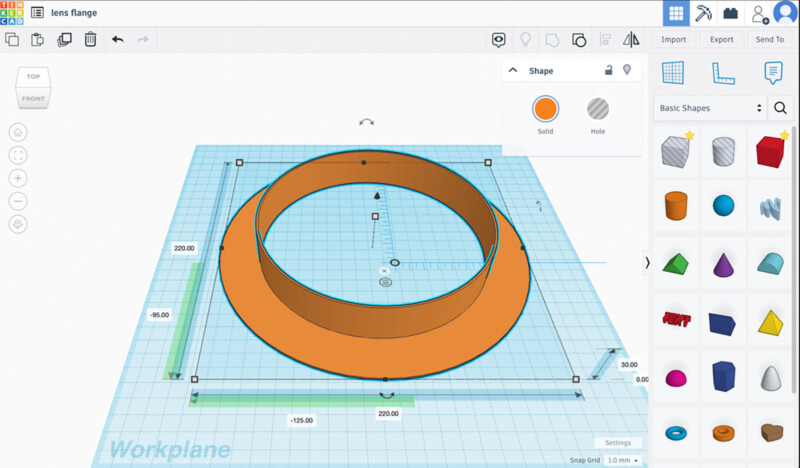
While connecting the lens to the large camera was relatively straightforward, that doesn’t mean there weren’t problems to solve. Hofstaetter’s darkroom is set up for developing 30×40 centimeter plates, not 40×50 centimeters. That may not seem like a significant difference, but the 40×50 centimeter plates are about 67% larger in total area.
![]()
Looking at the lens, it has a yellow coating, which is likely thorium. It’s a radioactive element used on some older lenses because it allows more light to enter them. As Mathieu Stern points out in a video about radioactive lenses, optics coated in thorium emit about 0.01 millirem (mrem) per hour. The average person receives about 620 mrems annually from natural and artificial sources, so thorium-coated lenses are radioactive but not dangerous, at least not for reasons concerning radioactivity.
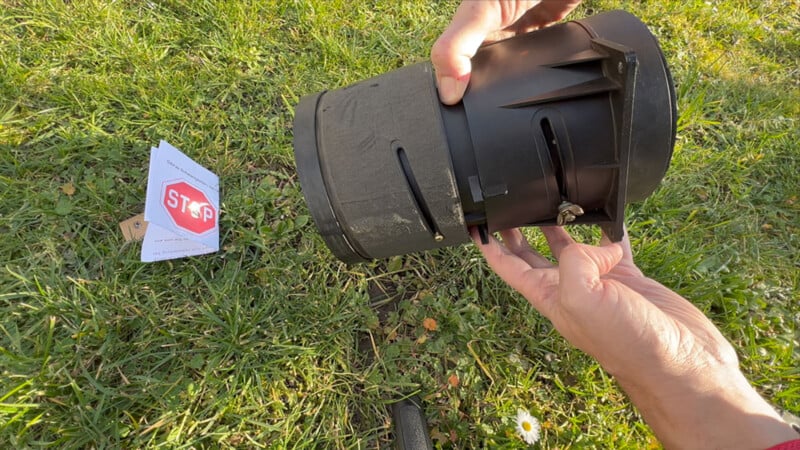
Hofstaetter’s super-fast lens is hazardous for a different reason. It focuses sunlight through it tightly enough to easily set objects aflame. It’s best to keep the lens cap on when the lens isn’t in use.
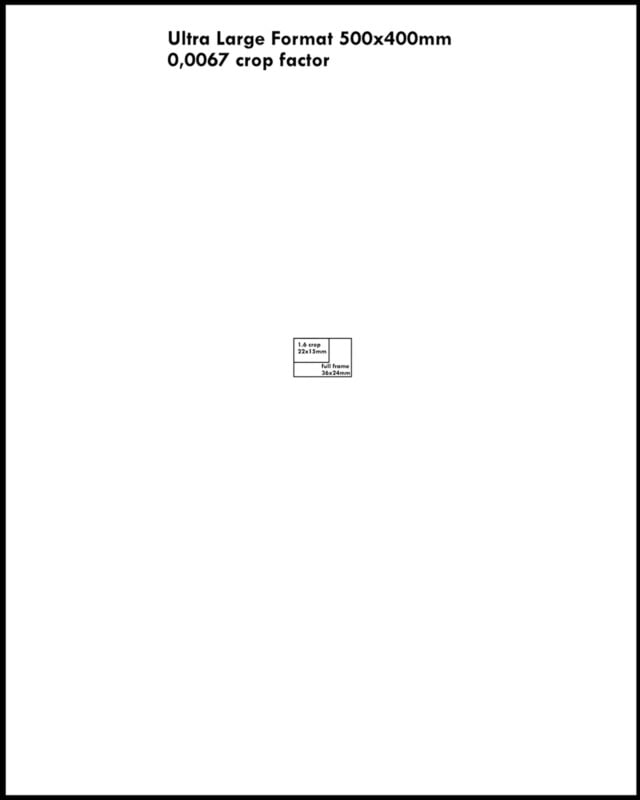
The 140mm f/1.0 lens seems long, but only when considered in full-frame or APS-C terms. The crop factor on a 40×50 cm camera is wild. Consider a full-frame sensor. It’s 0.36×0.24cm. Treating that image area as the crop factor standard (1.0 crop factor), a 40x50cm ultra-large format camera delivers a 0.0067x crop factor. It makes the Fujifilm GFX’s 0.79x crop factor look silly.
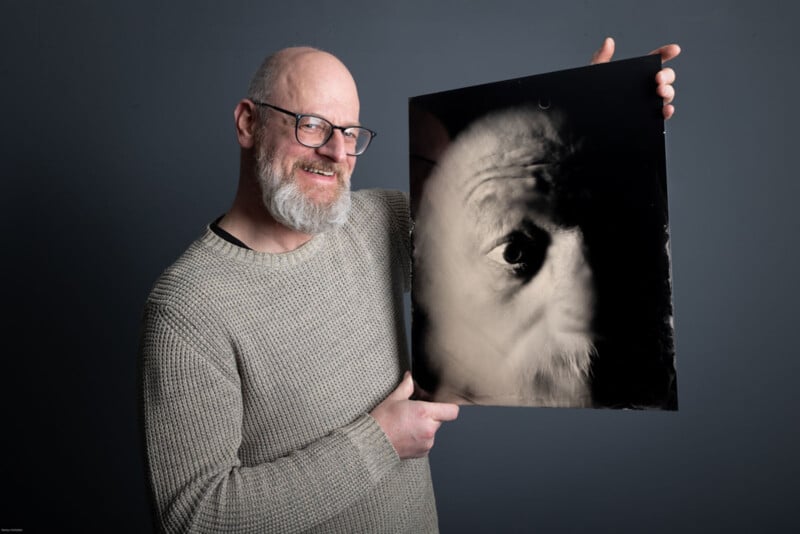
While an f/1.0 aperture is already high-speed and delivers a very shallow depth of field, considering the effective crop factor, the depth of field is razor-thin. Hofstaetter struggled to focus the lens, and it took considerable tinkering.
![]()
![]()
![]()
The time and effort paid off. Hofstaetter loves a challenge, and it’s one he and Stingl overcame. The resulting wet plate image is unique and features a distinctly dreamy appearance.
Image credits: Markus Hofstaetter